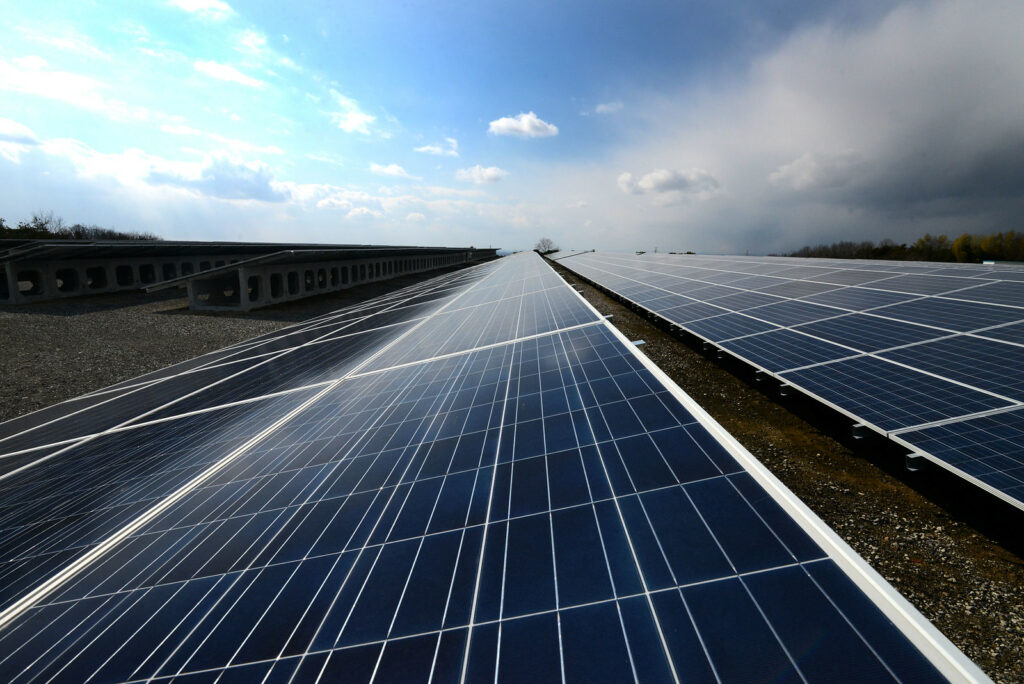Led by solar power, renewable energy could account for 80% of the growth in electricity generation over the next decade, according to a report by the International Energy Agency (IEA). It’s now consistently cheaper to generate electricity from the sun than by burning coal or natural gas in most countries, IEA said.

Maturing technologies and policies have significantly reduced the cost of solar power investments, making photovoltaic cells one of the cheapest sources of electricity. These energy systems can be used not only in large-scale solar parks but also in homes or businesses across the world.
In its annual report, the EIA presented three scenarios for the future development of global energy markets, which have been disturbed by the coronavirus pandemic. The prospect for non-conventional renewable energy goes from strong to spectacular, with solar leading the way. Meanwhile, fossil fuels face a precarious future.
The IEA, an intergovernmental organization, said electricity costs from large-scale solar photovoltaic installations have fallen from roughly 38 cents per kilowatt-hour in 2010, to a global average of 6.8 cents per kilowatt-hour last year. This means solar could become “the new king” of the world’s electricity markets, IEA head Fatih Birol said.
One of the scenarios explored by the report involves bringing the pandemic under control and global energy returning to its previous levels by early 2023. If this happens, the number of solar power systems would grow rapidly, increasing solar capacity by about 12% a year until 2030. This would lead to renewables meeting 80% of the growth in global electricity generation over the same period, overtaking coal by 2025 as the primary means of producing electricity. Even in a scenario in which the pandemic continues, affecting the economy and the energy demand, solar power still remains a cost-effective choice.
Solar performed even better in the “Sustainable Development” scenario. This would imply a surge in clean energy policies and investment that puts the world on track to reach the goals of the Paris Climate Agreement. If this happens, the combined share of solar and wind rises from 8% globally in 2019 to almost 30% in 2030.
The IEA called governments and investors to step up their clean energy efforts to achieve an even larger growth in renewables. In fact, some governments have included environmental goals as part of their coronavirus recovery plans. Even oil companies such as BP and Shell have unveiled shifts towards low-carbon energy.
While solar seems to have a bright future, coal has a dark one, according to IEA’s report. The lower economic activity and electricity demand due to the pandemic have caused a “structural fall in global coal demand”, with the IEA expecting 275 gigawatts of coal-fired capacity to be retired by 2025. That’s 13% of total coal capacity of last year.
“The rise of renewables, combined with cheap natural gas and coal phase-out policies, means that coal demand in advanced economies drops by almost half to 2030,” the report said. Growth in coal use in developing economies in Asia is much lower than previously expected and is not enough to offset declines elsewhere.









